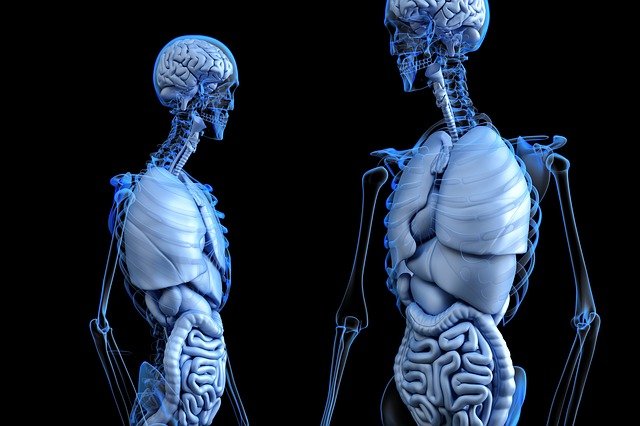A moist, disembodied finger floating in a petri dish is the latest biohybrid advance, a technology that fuses biological and non-biological materials together.
University of Tokyo scientists debuted the artificial finger, claiming it could be the first use of a living skin equivalent grafted onto a working robot. Beyond its realistic appearance, the finger is also water-repellent and self-healing which allows it to approximate the qualities of a human limb, the report in the science journal Matter noted.
“Our goal is to develop robots that are truly human-like.” University of Tokyo professor and lead author of the study, Shoji Takeuchi said in an email to Medscape Medical News.
“We think that the only way to achieve an appearance that can be mistaken for a human being is to cover it with the same material as a human being.”
Getting Under the Skin
Previous attempts to dress up robots with more human-like derma used silicon rubber materials, but they proved to be a poor substitute, lacking in realistic tone, texture and functionality.
“The silicone rubber covers that are commonly used today may look real from a distance or in photos or videos, but when you actually get up close, you realize that it is artificial,” Takeuchi explained.
In contrast, the robotic finger’s novel covering looks like, and can behave like, human skin to a certain extent.
Notably, it has the ability to heal itself which researchers demonstrated by creating a wound and then grafting a collagen sheet onto it. Over the course of a week, these skin cells were able to regenerate and repair the injury.
To create the skin the researchers first immersed the robot’s metal interior in a collagen solution to shrink the dermis equivalent to form fit around an anchoring structure. Next, human keratinocyte cells were repeatedly painted on top of the living canvas. This process resulted in a multi-layer cell deposit similar to human skin.
But there is still more work to be done. The skin substitute doesn’t quite live up to the real thing and the finger cannot survive for long in dry air, the paper acknowledged. Without future upgrades such as blood vessels, nails and sweat glands, the ersatz epidermis cannot truly be considered living.
In addition to adding skin-specific functions, “scaling up our current method to cover larger structures would also be a challenging next step,” Takeuchi stated.
As unsettling as the detached digit may appear, it might lead to more realistic humanoids which researchers hope will foster friendlier relationships between humans and robots.
The technology is anticipated to be used in industries such as the medical and hospitality sectors where its reparability and human-like qualities are important. The tech is also expected to aid in the development of skin cosmetics, lab-grown leather, and transplant material in the field of regenerative medicine, according to Takeuchi.
“We believe this is a great step toward a new biohybrid robot with the superior functions of living organisms.”

